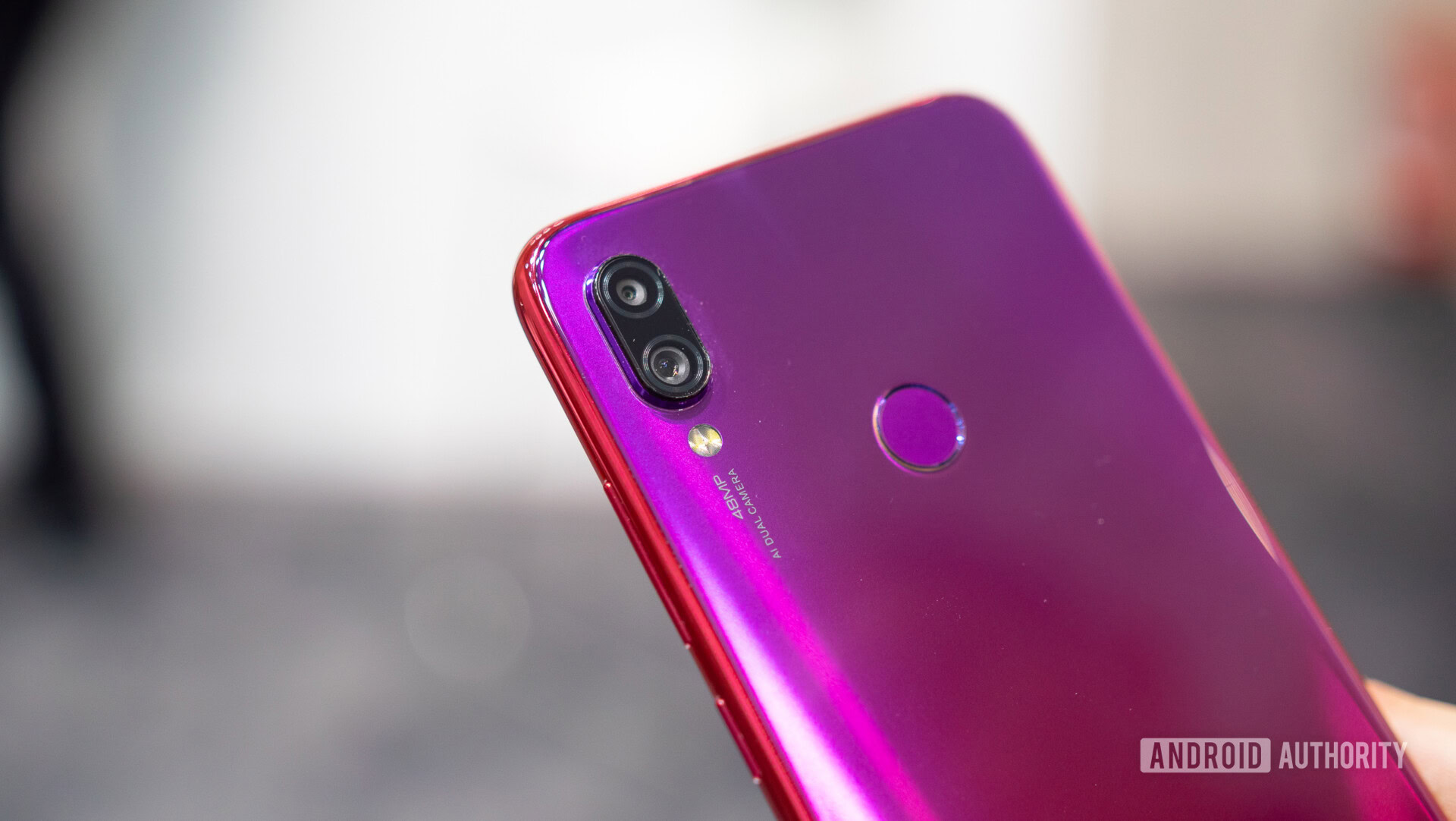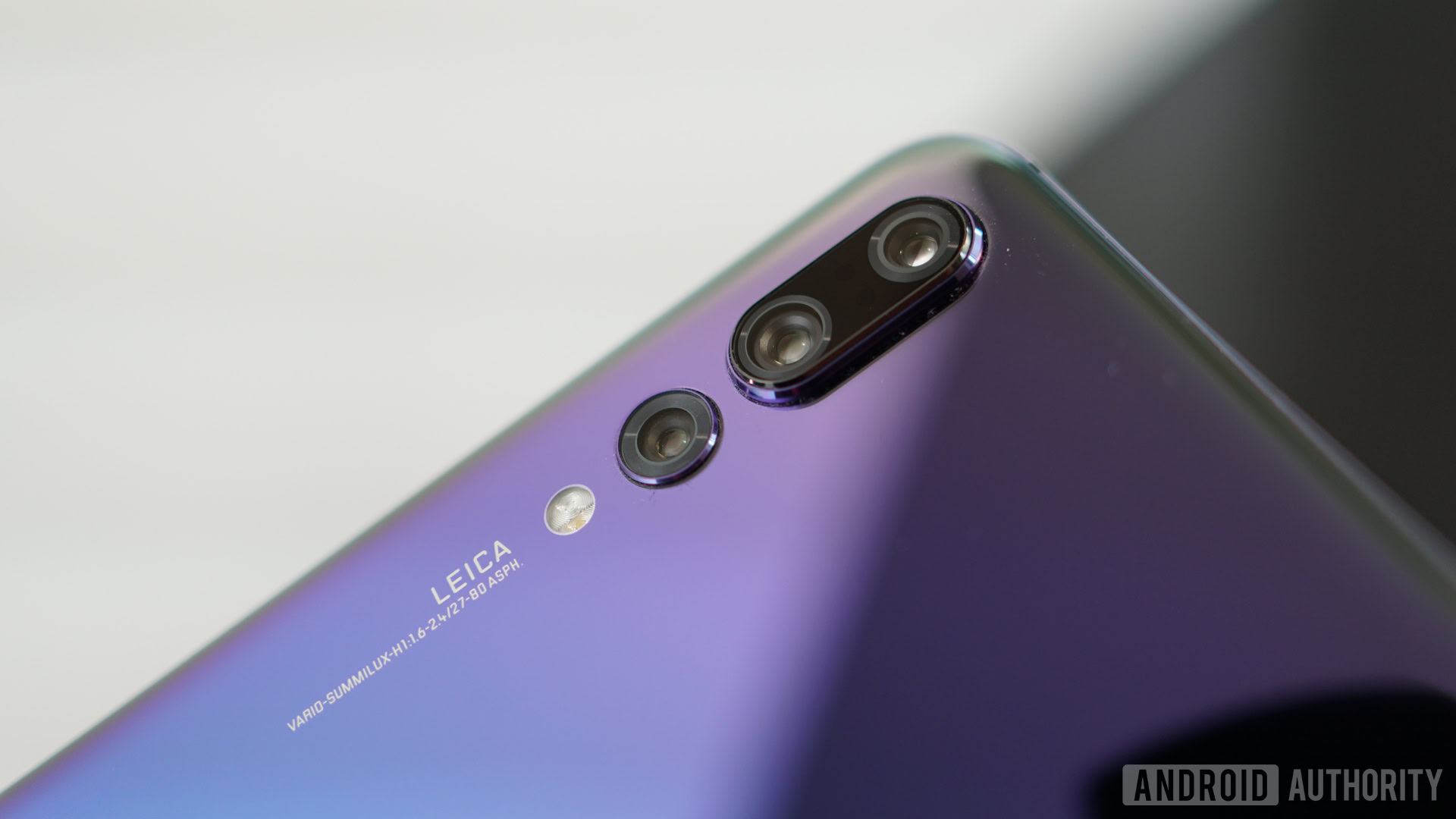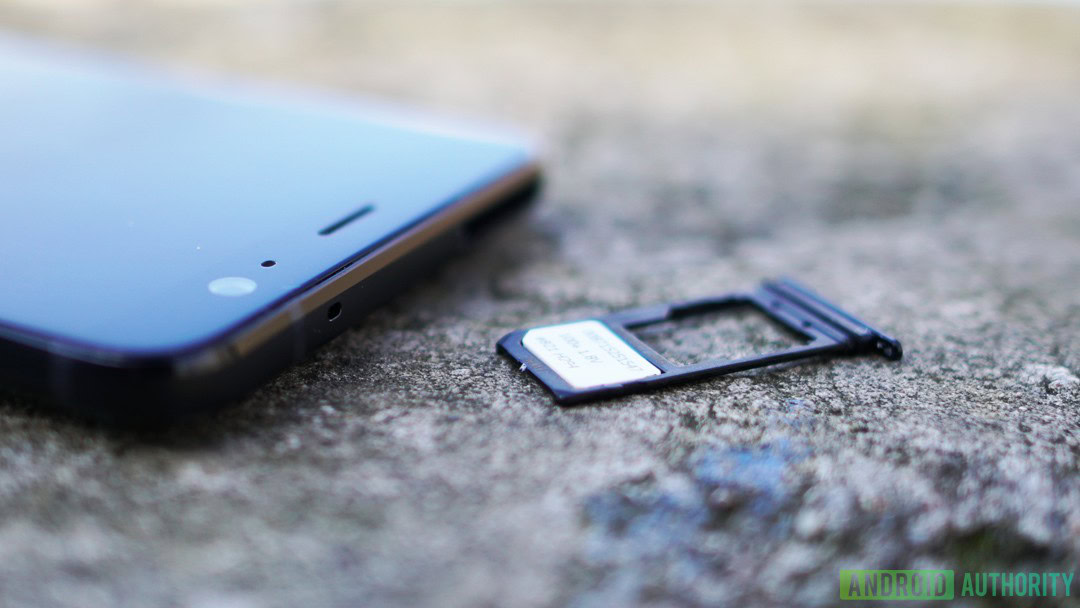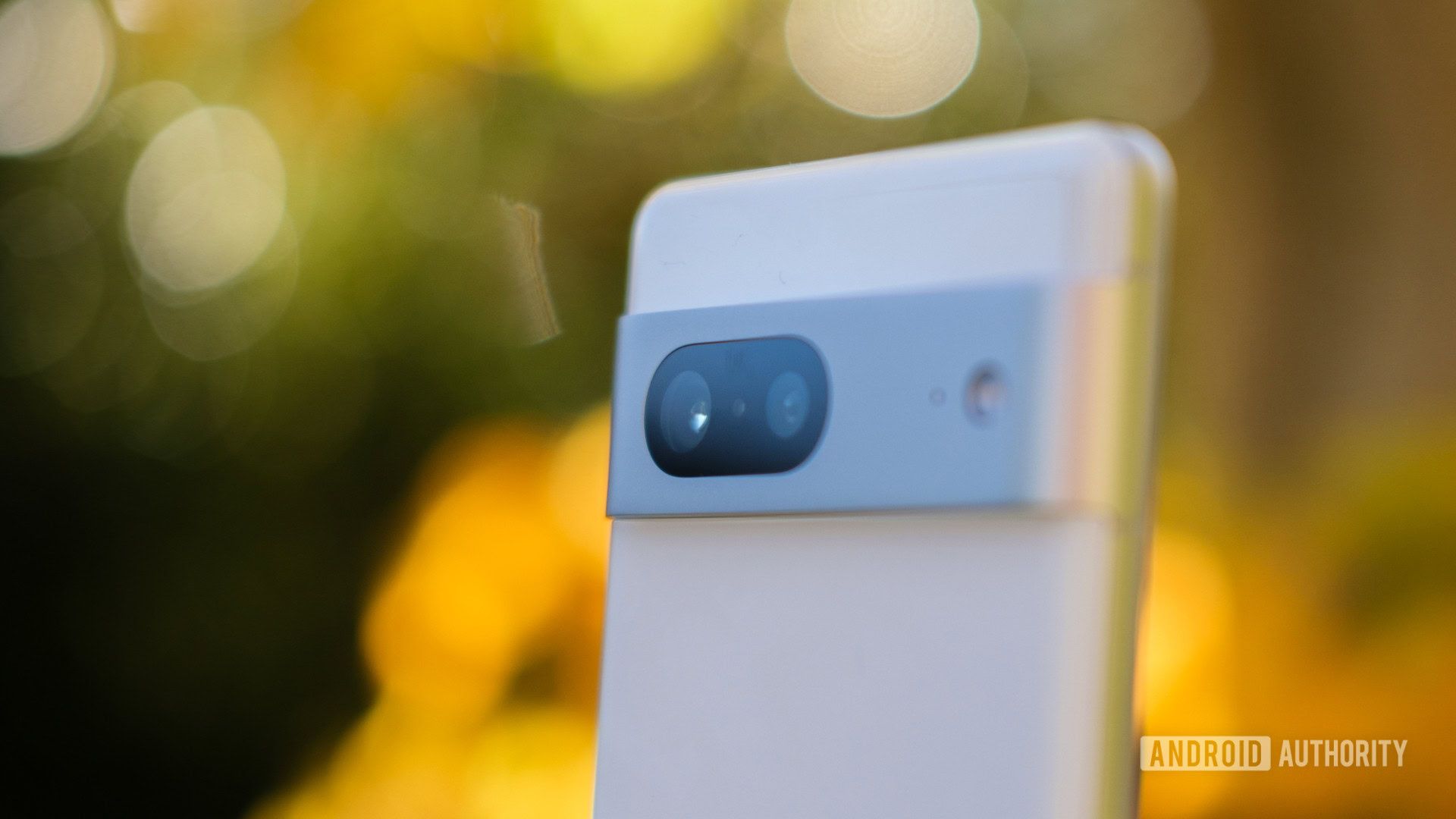Affiliate links on Android Authority may earn us a commission. Learn more.
This is why 100MP smartphones seem like a terrible idea
April 21, 2019

Last year saw the return of the 40MP smartphone to the table, five years after the Nokia Lumia 1020 delivered a 41MP camera. The ante has been upped considerably since then, as the likes of Huawei, Xiaomi, and others offer 48MP cameras.
But in an interview with MySmartPrice last month, a Qualcomm executive claimed that phones with 64MP and 100MP sensors are coming. In fact, the executive told the outlet that a number of OEMs will be releasing phones with 64MP and 100MP+ cameras by the end of 2019. A phone with a 100MP+ sensor in particular sounds like an awful idea, and here’s why.
Why did we go high-res in the first place?

Smartphone camera sensors have to be very thin and small in order to fit into today’s smartphone designs. This reduced size means that the sensor’s photo sites or pixels — used to actually capture light — have to be cut down in size as well. Smaller photo sites/pixels are simply unable to capture as much light as larger ones, making a big difference in low light. Sensor manufacturers have traditionally been caught between using many small pixels (a higher resolution that fares poorly at night) or fewer, larger pixels (a lower resolution that does better at night).
In recent years however, smartphone sensors have begun using pixel-binning technology to essentially combine data from four pixels into one “super pixel.” This comes at the expense of resolution, with the output resolution usually a quarter of the sensor’s maximum resolution. Sony’s IMX586 48MP camera sensor is a great example of this technology, as its pixels are quite tiny (0.8 microns), but pixel-binning essentially produces the equivalent of a 12MP 1.6-micron pixel image.
Why would 100MP smartphones be bad?
This technology clearly works for 48MP cameras, as evident by the likes of the HONOR View 20 and Redmi Note 7 Pro, but a 100MP smartphone is a significant challenge even before you take pixel-binning into account.
The biggest challenge is to simply fit all those pixels onto a smartphone sensor. One solution is to increase the size of the sensor to accommodate all these pixels while still maintaining pixel size, resulting in a massive camera bump. Another option is to dramatically reduce the size of the pixels while relying on pixel-binning for low-light shots.
A 100MP smartphone camera will likely have pixels that are too small for even pixel-binning to make a big difference.
As we know it today, pixel-binning might not be able to produce great results with a 100MP camera, as the pixels could be far too small. A 100MP camera sensor with 0.3- or 0.4-micron pixels will essentially produce pixel-binned results that are equivalent to a 25MP 0.6-micron or 0.8-micron camera. It seems like a lot of work for inferior low-light results, especially when you compare it to phones like the Galaxy S10 Plus and Pixel 3. Both of these devices offer a 12MP 1.4-micron pixel main camera. Heck, the OnePlus 6T and its 16MP 1.22-micron pixel camera also seems like it would offer better results on paper than a 100MP pixel-binned camera.
Even if 100MP smartphones adopted a much bigger sensor size and only see a slight reduction in pixel size (to 0.5- or 0.6-micron pixels), you’re still looking at results that are effectively the equivalent of a 25MP 1- or 1.2-micron pixel camera — a way off from 48MP phones. The difference is that you’ve now got a gigantic camera bump to deal with. But at least you’ve got oodles of resolvable detail during the day, right?
Say goodbye to storage

Another important consideration with 100MP smartphones is their output file size. Your typical 40MP shot on a HUAWEI flagship can vary from 7MB all the way up to 15MB. This means you’re potentially looking at a 100MP snap weighing in at over double the size, in excess of 30MB per snap. That’s before you get to RAW territory, with the Galaxy S8‘s RAW snaps coming in at just under 24MBs, while the Mate 20 Pro’s DNG images weigh in at roughly 80MB. A RAW image taken by a 100MP camera will undoubtedly be exponentially larger.
It’s worth noting that today’s 48MP and 40MP smartphones generally shoot at their pixel-binned resolution by default, so we’d expect the same from 100MP phones. You can still expect a noteworthy file size increase as these phones would likely shoot at a pixel-binned 25MP. There are also technologies like the HEIF format to reduce file sizes while maintaining picture quality. It’s clear that any 100MP phone without this technology is almost certainly going to require a ton of storage.

We also need to take image processing into account. Great smartphone photography is about more than just capturing a simple scene, as multi-frame processing, machine learning, image segmentation, and other techniques are the life-blood of the best mobile cameras. Today’s ultra-high-resolution smartphone cameras can indeed deliver pixel-binned shots that get the full processing treatment. However, few chips today offer support for processed 48MP snaps, let alone processing at even higher resolutions.
Speaking of chips, horsepower is another challenge for 100MP smartphones. Qualcomm has already staked a claim to supporting 192MP snapshots (i.e. images without additional processing) with its recent SoCs, but the execution is another question. Using the Mate 20 Pro’s RAW mode already results in a brief “saving” notification and some lag. We’ve also seen how the Nokia 9 PureView copes with a ton of imaging data, albeit from different cameras, as it takes ages to process and actually save these snaps.
All of this isn’t to say that there isn’t a benefit to offering a 100MP smartphone camera. The key benefit is that you could gain plenty of resolvable detail for zooming during the day. But why go there when today’s smartphones offer telephoto secondary cameras and even periscope zoom anyway? Unless sensor manufacturers have figured out an all-new way to distill 100MP of information into a good quality night shot, this seems like a bad idea.